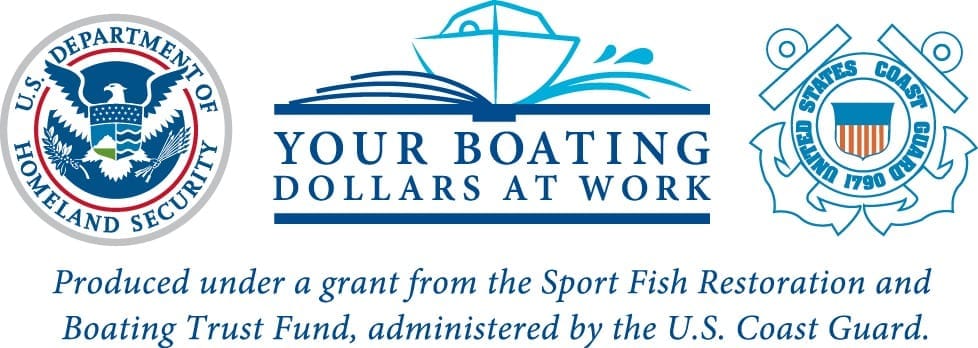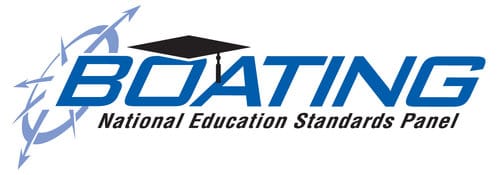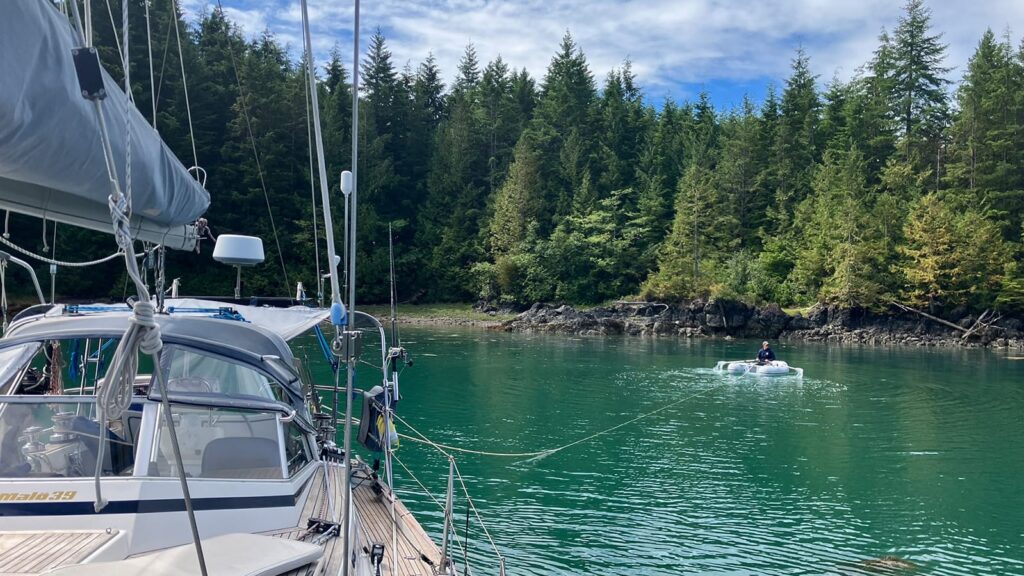The 22nd annual International Boating and Water Safety Summit (IBWSS) was held in Lexington, Kentucky from 04 March to 07 March 2018. The IBWSS is hosted by the National Safe Boating Council (NSBC), the National Water Safety Congress (NWSC), and the National Association of State Boating Law Administrators (NASBLA). NSBC is currently celebrating its 60th year.
There were approximately 20 exhibitors and 200 attendees from federal and state government, non-profit, industry and academic organizations. The conference consisted of a series of general sessions as well as a number of break-out presentations.

USCG Update
The United States Coast Guard (USCG) Office of Recreational Boating Safety’s Verne Gifford, Chief, CG-BSX-2, provided an update during the general session. Highlights include:
- Recreational boating fatalities, injuries and accidents have remained essentially flat over the last five years, with a slight increase in 2016 and 2017, with 701 and 659 fatalities, respectively. However, the number of vessels on the water, especially in the human-propelled domain, continue to increase significantly.
- The challenge is go get the most return on efforts to make boating safer. Of all 626 fatalities on 2016, 428 were drownings and 122 were alcohol-related.
- Overall life-jacket wear rates are up to 20.7% in 2016 from 18.6% in 2006, but there is still much more work to be done here.
- Boating Under the Influence (BUI) contacts are up 86% year over year from 2016 to 2017; citations, warnings, and BUI’s are up 74%, 81%, and 41%, respectively.
- The new 2017-1021 Strategic Plan has 3 initiatives:
- Improve and expand recreational boating education, training, and outreach
- Update, leverage, and enforce policies, regulations, and standards
- Improve upon and expand recreational boating data collection
- The 100th meeting of the National Boating Safety Advisory Council (NBSAC) will be held in October 2018 in Washington, DC. There will be seven new appointments in 2019.
- The Restricted Operator of Uninspected Passenger Vessel (ROUPV) credentialing effort is gaining momentum. Components include: designation of inland waters, 90 days of service instead of 360, a simplified exam, and a means of counting hours for incomplete (less than 4 hour) days.
- Promote mandatory life jacket wear for all instructors while engaging in ASA courses.
- Encourage all instructors to insist that students wear life jackets any time the boat is underway during an ASA course.
- Ensure all photographs of people on boats show life jackets on the boaters – on the ASA website and other published materials.
- Apply for membership on NBSAC
Situational Awareness
Dr. Dan Maxim, Everest Consulting Associates, and Chair of NBSAC gave a presentation on Situational Awareness. Key points included:
- Situational awareness (SA) is the ability to identify process, and comprehend the essential elements of information (EEIs) about an evolution (voyage, flight, activity). More simply, SA is “knowing what’s going on around you” and is as much a mindset as a skill.
- Levels of SA are perception, understanding, projection, decision(s), action(s), and monitoring.
- Human error is the cause of most accidents; most human errors involve a loss of SA.
- A threat is anything that increases hazard, risk, or operation complexity that, if not managed properly, can decrease safety margins. Threats need to be identified, assessed, prioritized, managed, and communicated.
- Eight attention threats: temporal distortion, distraction, channelized attention, task saturation, expectancy, inattention, habituation, negative transfer.
National Safe Boating Council (NSBC)
Virgil Chambers, NSBC Executive Director Emeritus, is championing a situational awareness training initiative known as “SCAN,” which is an acronym for Search Concentrate Analyze Negotiate. Boating safety educators are asked to respond to a poll on distracted boater feedback. The poll can be found here: Distracted Boating Feedback.

National On-Water Standards
Brian Dorval, the facilitator for the National On-Water Standards (NOWS) program conducted a breakout session during which the audience learned about the four American National Standards (ANSs) for on-water skills instruction:
- Powerboating Skills ANS
- Human-propelled Skills ANS
- Sailing Skills ANS
- Instructional Approach Standard (umbrella for the three domains)
Participants were given a “toolbox,” which contained the standards themselves as well as a checklist for performing a self-assessment to determine if a course follows the national standards.
A marketing effort kicks off on 15 April to promote the NOWS and any organization that has completed their self-assessment process. The USCG is funding this outreach activity. More info available at https://www.usnows.org/
- Consider webinars for affiliates to learn about the national standards and the self-assessment.
- Encourage all instructors to insist that students wear life jackets any time the boat is underway during an ASA course.
- Set up a program to help ASA affiliates conduct their own self-assessment, create a declaration of conformity, and display the National On-Water Standards logo on their websites and other published material.

NASBLA / ESP Meeting
The National Association of State Boating Law Administrators (NASBLA) Education Standards Panel (ESP) met 07-08 March 2018 directly after IBWSS. During the meeting the panel deliberated over the next generation of the Powerboating Knowledge standard and the move to refresh the standard in outcome-based language.
by Jeff Riecks, ASA Standards Coordinator








